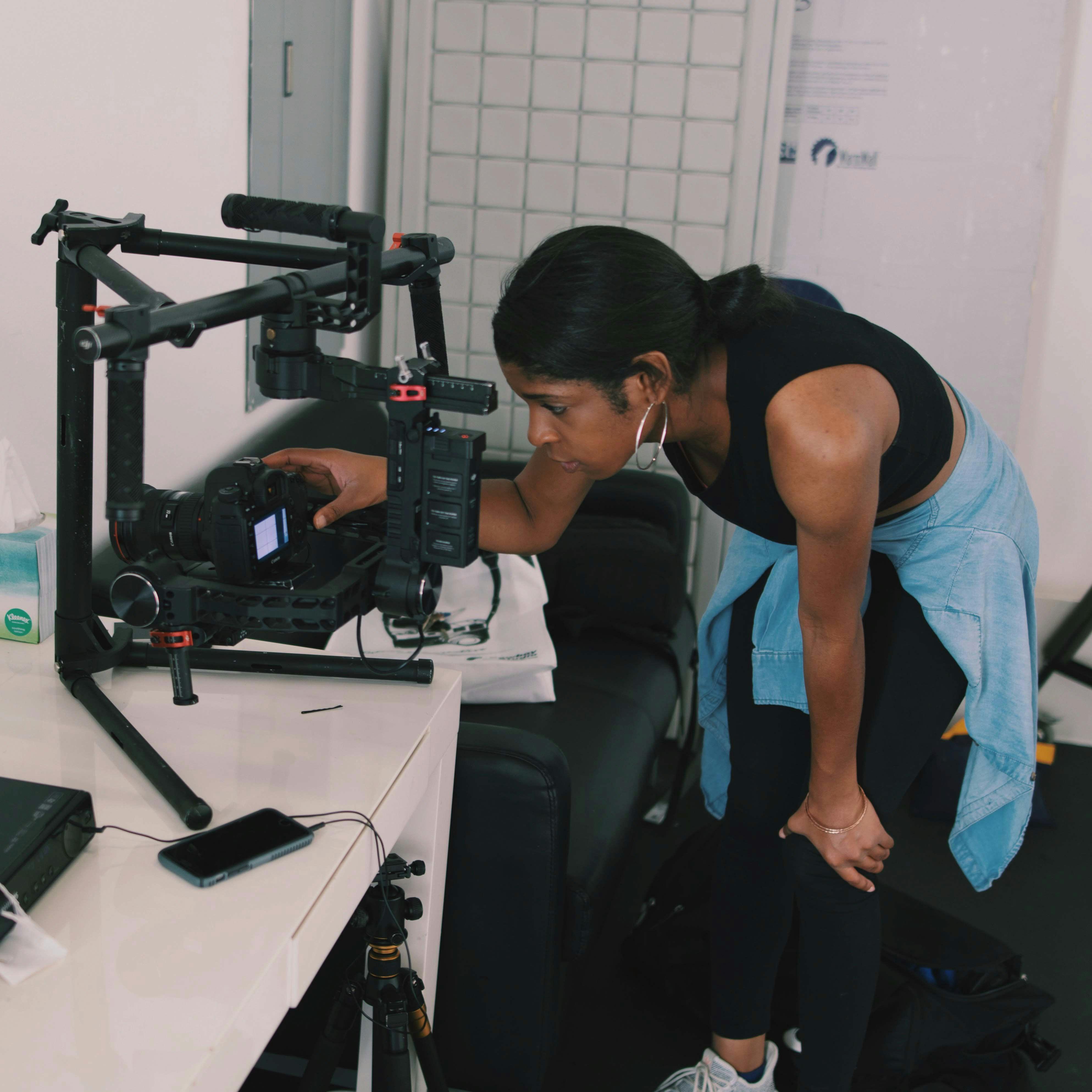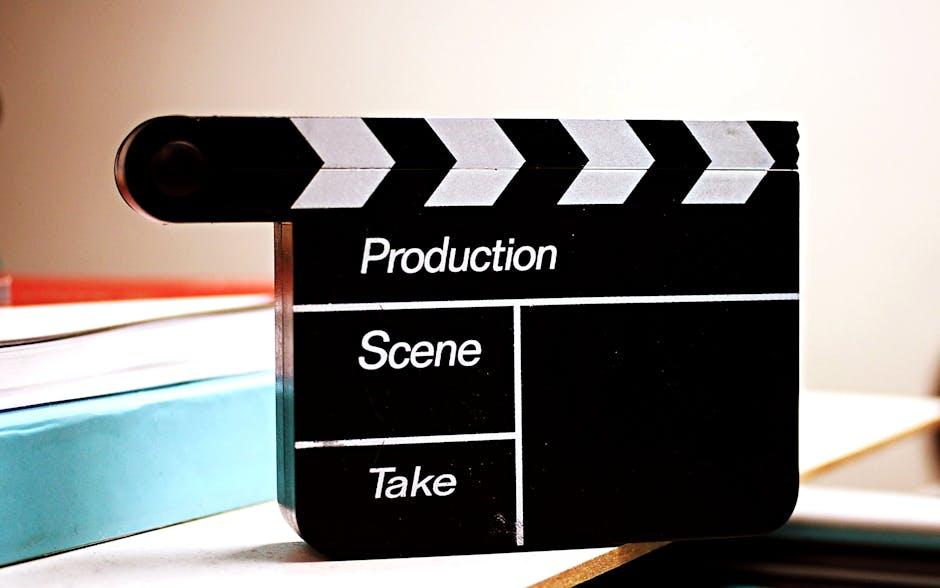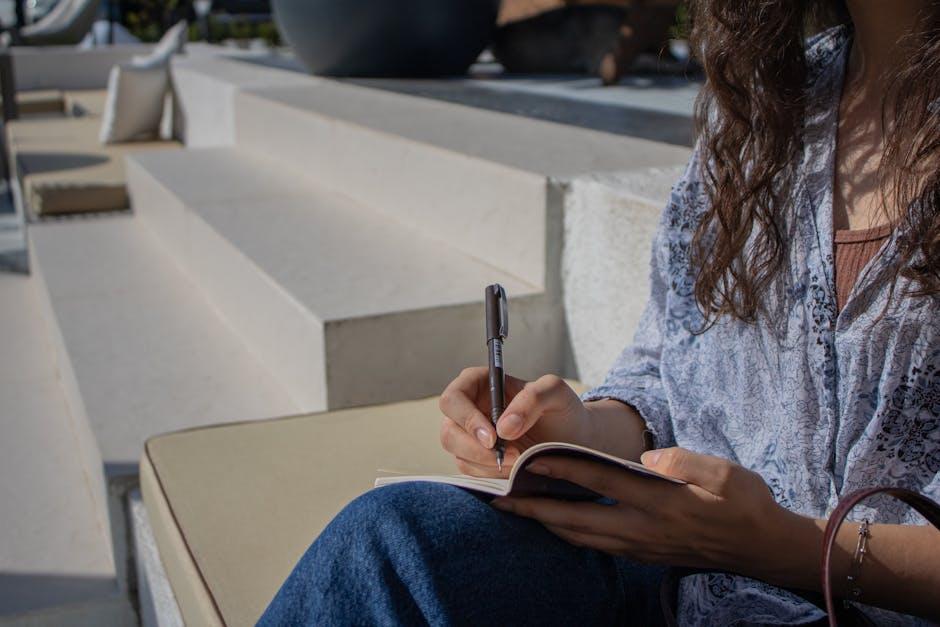In the ever-evolving world of cinema, where each frame is meticulously crafted to evoke emotion and convey story, the long take emerges as both a bold artistic statement and a topic of spirited debate. With roots tracing back to the golden age of film, this continuous shot technique challenges directors, actors, and audiences alike, blending seamless choreography with unyielding tension. But as cameras glide unblinkingly through intricate scenes, a question lingers in the minds of cinephiles and critics: Are long takes a testament to cinematic artistry, or do they merely serve as a clever gimmick to dazzle the eye? This article delves into the heart of this debate, exploring the nuanced role of long takes in modern cinematography.
The Artistry Behind the Lens: Exploring the Aesthetic Appeal of Long Takes
Long takes in cinematography are a fascinating exploration of visual storytelling, capturing the essence of a scene with an uninterrupted flow. These sequences demand a delicate balance of precision and creativity, as they require meticulous choreography between the camera, actors, and the environment. The aesthetic appeal lies in their ability to immerse the audience, drawing them into the narrative with an unbroken gaze that often feels more intimate and immediate. The artistry is evident in the seamless execution, where each movement is carefully planned yet appears spontaneous.
The magic of long takes can be attributed to several key elements:
- Emotional Engagement: By maintaining a continuous shot, viewers remain connected to the characters’ experiences, enhancing emotional depth.
- Technical Mastery: These shots showcase the skill and creativity of the filmmakers, often requiring innovative techniques and precise timing.
- Authentic Atmosphere: The uninterrupted nature of a long take can create a more realistic and immersive environment.
While some may argue that long takes are merely a stylistic choice or even a gimmick, their impact on storytelling is undeniable. When executed with purpose, they transform a simple scene into a captivating work of art.

Beyond the Gimmick: How Long Takes Influence Storytelling and Viewer Engagement
Long takes, with their uninterrupted shots, demand a level of precision and choreography that can deeply influence both storytelling and viewer engagement. Narratively, they allow filmmakers to explore scenes with a fluidity that mirrors real-time experiences, providing audiences with a more immersive journey. This technique can enhance tension, as seen in thrillers, or underscore the emotional gravity of a moment in dramas.
From an engagement perspective, long takes require viewers to remain attentive, creating a continuous flow that keeps them on edge. Consider these impacts:
- Increased Realism: The seamless nature of a long take can make scenes feel more authentic, bridging the gap between the audience and the story.
- Heightened Emotional Impact: Extended shots can amplify emotions, allowing viewers to connect more deeply with characters’ experiences.
- Enhanced Tension: The lack of cuts can create a sense of urgency, keeping viewers captivated as the scene unfolds.
Ultimately, the effectiveness of a long take lies in its execution and intent, transcending mere spectacle to become a powerful storytelling tool.

The Technical Dance: Challenges and Innovations in Crafting Seamless Long Takes
The art of crafting a seamless long take is a testament to both technical prowess and innovative storytelling. Directors and cinematographers must choreograph an intricate dance, balancing the precision of camera movements with the fluidity of the actors’ performances. This complex orchestration demands an acute awareness of timing, blocking, and spatial dynamics. With each element needing to sync perfectly, a single misstep can unravel the entire sequence, making the stakes exceptionally high.
Recent innovations have introduced new tools and techniques to ease this demanding process. Advancements in camera stabilization and lightweight rigs have expanded creative possibilities, allowing for more dynamic and fluid shots. Digital editing techniques also offer new opportunities for stitching together scenes, creating the illusion of a continuous take without the constraints of physical limitations. Yet, despite these technological aids, the essence of a compelling long take remains rooted in meticulous planning and creative vision.
- Camera Stabilization: Ensures smooth movements.
- Lightweight Rigs: Enhance mobility and flexibility.
- Digital Editing: Seamlessly integrates multiple shots.

Finding the Balance: When to Use Long Takes for Maximum Cinematic Impact
Long takes can elevate a film from the ordinary to the extraordinary when used with precision. They are not merely a tool for showcasing technical prowess; rather, they serve to immerse the audience in the world of the film, creating an uninterrupted flow of emotion and action. Timing and purpose are crucial when deciding to employ a long take, as its impact hinges on the context within the narrative. Whether it’s to build tension, like in Alfred Hitchcock’s “Rope,” or to highlight the chaos and complexity of a scene, as seen in “Children of Men,” the intent should always be to enhance the storytelling.
- Emotional Engagement: Long takes can draw viewers deeper into the character’s journey, fostering a stronger connection.
- Realism: By mimicking the continuous nature of real life, long takes can make scenes feel more authentic and grounded.
- Artistic Flourish: When executed well, they can become a film’s signature, a testament to the director’s vision and creativity.
However, filmmakers must tread carefully; the line between art and gimmick is thin. Overuse or misuse can lead to scenes that feel forced or self-indulgent, detracting from the narrative rather than enhancing it. The true artistry lies in knowing when to let the camera linger, allowing the story to unfold naturally, and when to cut, keeping the audience engaged and the story tight.

